This post was updated on May 31, 2022
Increasing sales is always a priority, whether by expanding your product line, increasing your prices, or reaching out to new audiences.
What if we told you that you don’t always need to make drastic changes to increase your sales?
You can boost sales (and sales team productivity) by better understanding and implementing one of your most essential pieces of technology: your customer relationship management (CRM) software. Because your CRM is so integral to the sales process, optimizing your system and how your team uses it can reap massive benefits.
In this article, we’ve collected 30+ useful CRM statistics to help you refine your CRM system and processes, provide a better customer experience, and increase your sales.
But before we jump in, let’s clarify why CRM software is so important and how it can help you drive sales.
Table of Contents:
How does CRM software help you make more sales?
CRM software allows businesses to manage their workflow and customer relationships successfully. As a result, businesses can improve their sales process and increase their sales.
Let’s take a look at how CRM software affects your sales process and results.
- Provide a good customer experience: Relationships with clients are at the heart of any successful business. Without satisfied customers, you’ll have difficulty getting new ones in the door.
- Manage your sales process: With a CRM system in place, you can easily manage your entire sales process from start to finish. Whether nurturing leads, communicating sales priorities, or keeping customer contact information up-to-date, a CRM makes the entire process easier to manage from one central location.
- Review your successes and failures: Having all of your business processes and customer data stored in your CRM allows you to review how your sales cycle functions. You can easily see if things are going well and what you can do to make any improvements.
Find out more about how to approach the CRM implementation process.
30+ CRM statistics that you need to know
So we know how CRM software can help you make sales. Now let’s take a look at how better CRM usage, different features, and more can help you increase those sales.
We’ve gathered the latest stats and figures to show you how to fully utilize your CRM system and improve your sales.
Table of Contents
- CRM Usage Statistics
- CRM Features Statistics
- CRM and AI Statistics
- CRM and Customer Experience Statistics
- CRM and Business Success Statistics
- Full CRM Statistics List
CRM Usage
Did you know that 65% of sales professionals use CRM tools?Not to mention, almost half (47%) say that they use sales technology at least once a day.

And with increases in the use of sales intelligence tools from 2018 (28%) to 2020 (43%), CRM software is also growing.
But why has this increase happened, and what does it have to do with your sales?
With face-to-face interaction limited in 2020 due to the pandemic, many businesses turned to technology to continue functioning remotely. As a result, they relied heavily on their CRMs to keep things moving along.
A CRM allows you to streamline and automate the sales process and also helps nurture your potential customers through the sales funnel. Perhaps that’s why 74% of businesses describe sales tools as “extremely critical or critical in closing deals.”
Remote workers are more likely to use a CRM application
Research has found that sales professionals working from home are 8% more likely to use a CRM than people who don’t work at home most of the time.
Why? Because CRMs make collaboration easier.

Collaboration can be tricky when your team isn’t working in the same location.
But by using a cloud-based CRM, remote teams can collaborate efficiently and make sure sales are progressing as they should.
Research also shows that companies who collaborate and share content with over 75% of their team experience 41% account growth. (Yesware, 2020)
So it’s clear that effective collaboration is essential for business growth.
And remote workers aside, 79% of businesses use a CRM solution to track their sales. That’s a lot of people using CRMs to manage their sales process.
So, if you have a remote sales team, think about how a CRM can improve collaboration, even when you can’t be in the same room.
Grow your business and future-proof your career with our FREE marketing strategy template!
CRM features
Basic CRM features are still the most popular features requested by businesses. This includes contact management (94%), track interactions (88%), and scheduling/reminders (85%). (Software Advice, 2019)
But users are also looking for more advanced features.
26% of CRM software users ask for pipeline or funnel monitoring features, as well as automation (22%), customization (18%), and reporting features (17%).

It’s clear that businesses are seeing the value in their CRM’s capabilities and are looking to expand the features and functions they’re currently using.
But how does this help you increase sales?
Well, maximizing the capability of your CRM allows you to manage your sales more effectively. As a result, managing the sales process becomes easier and more efficient.
Are there any functions you’re missing that could improve your sales process? Are there any limitations you experience?
Spend some time identifying how you can use the features you have and where you might need to add new ones. This will help your sales in the long run.
CRM and artificial intelligence
Between 2017 and 2021, research suggests that AI-associated CRM activities will drive global business revenue up by $1.1 trillion.
In the US alone, AI adoption in CRM software has contributed $394 billion in revenue over the same period.

With these figures in mind, it’s no surprise that there’s been a huge increase in marketers using AI—84% in 2020 compared to 29% in 2018.
Brian Manusama, Senior Director Analyst at Gartner, comments on the future of AI:
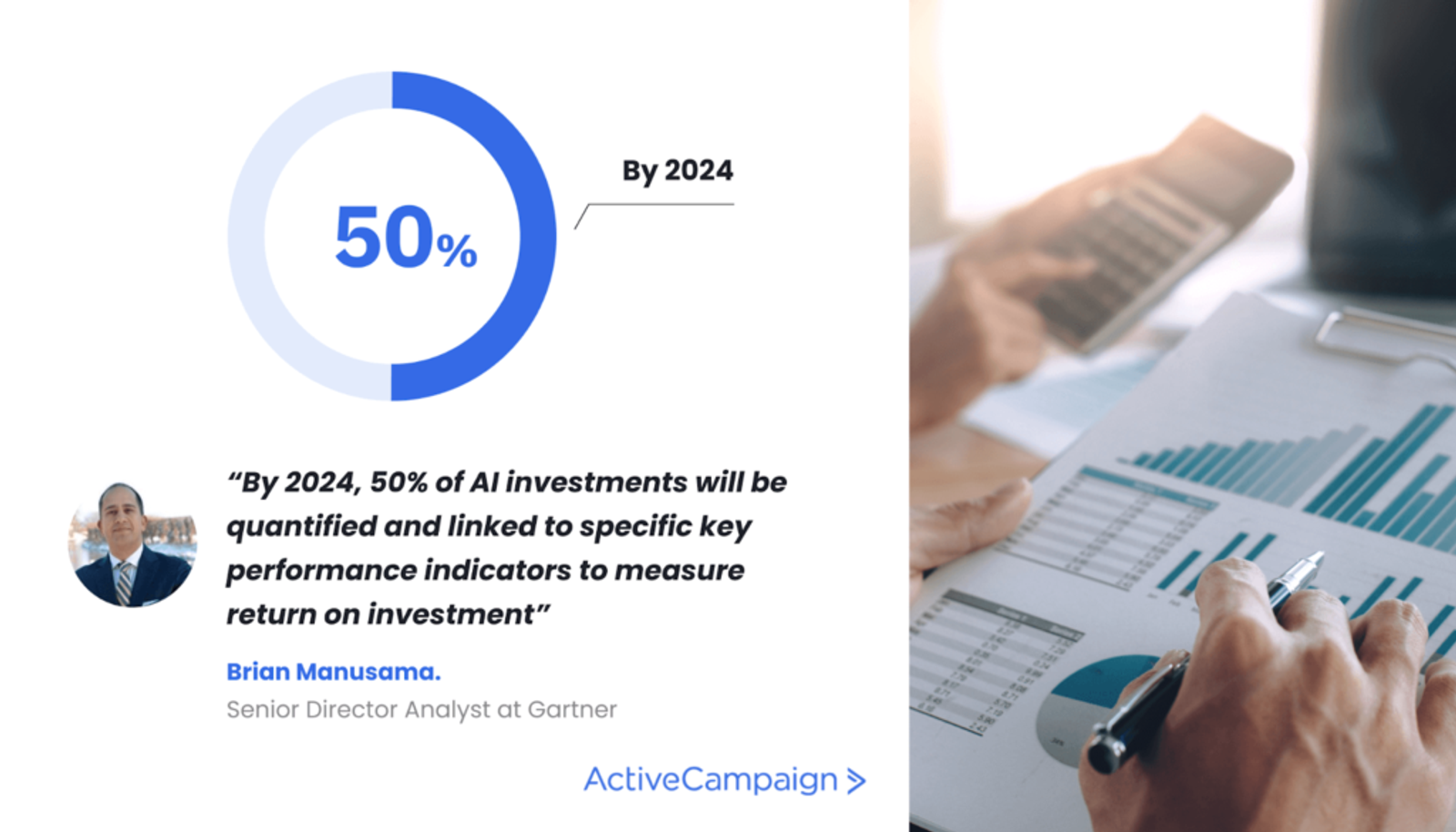
Whether using chatbots to engage with customers or automating your sales process, AI can certainly enhance your CRM and help you increase your sales.
CRM and customer experience
It’s no secret that customer service is important. But there’s been a shift in the last couple of years towards the importance of customer experience.
For example, 84% of customers say the experience a company provides is just as important as its products and services. So if you want loyal customers, you have to think about their experience.
And 94% of US consumers are also more likely to make a second purchase based on a “very good” customer experience. Its impact on customer retention alone makes the customer experience worth investing in.
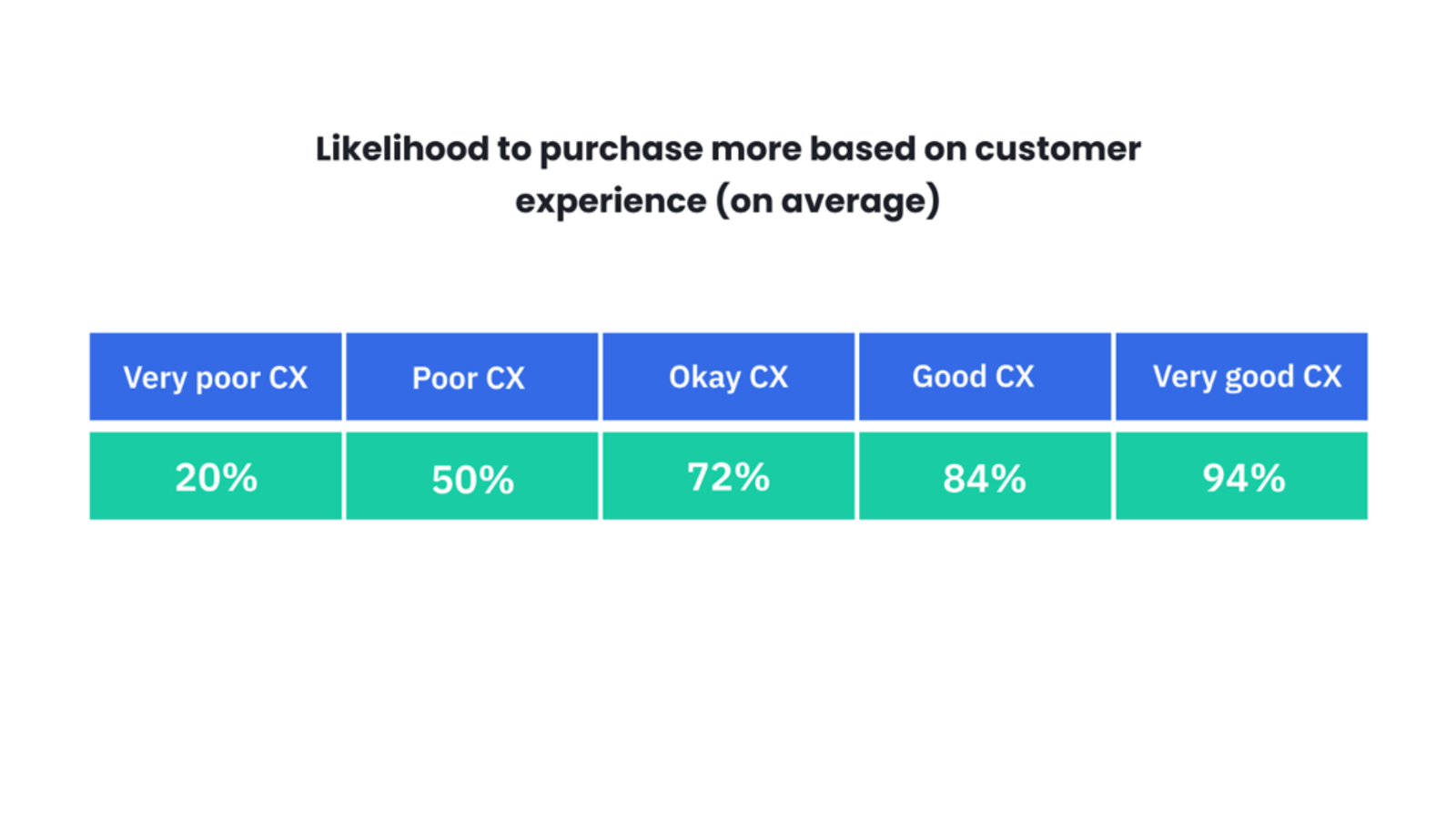
A recent survey shows that 45.9% of businesses rank customer experience as one of their top priorities over the next five years.
Compared with the product (33.6%) and pricing (20.5%), it’s no wonder that customer experience takes the lead. (SuperOffice, 2021)
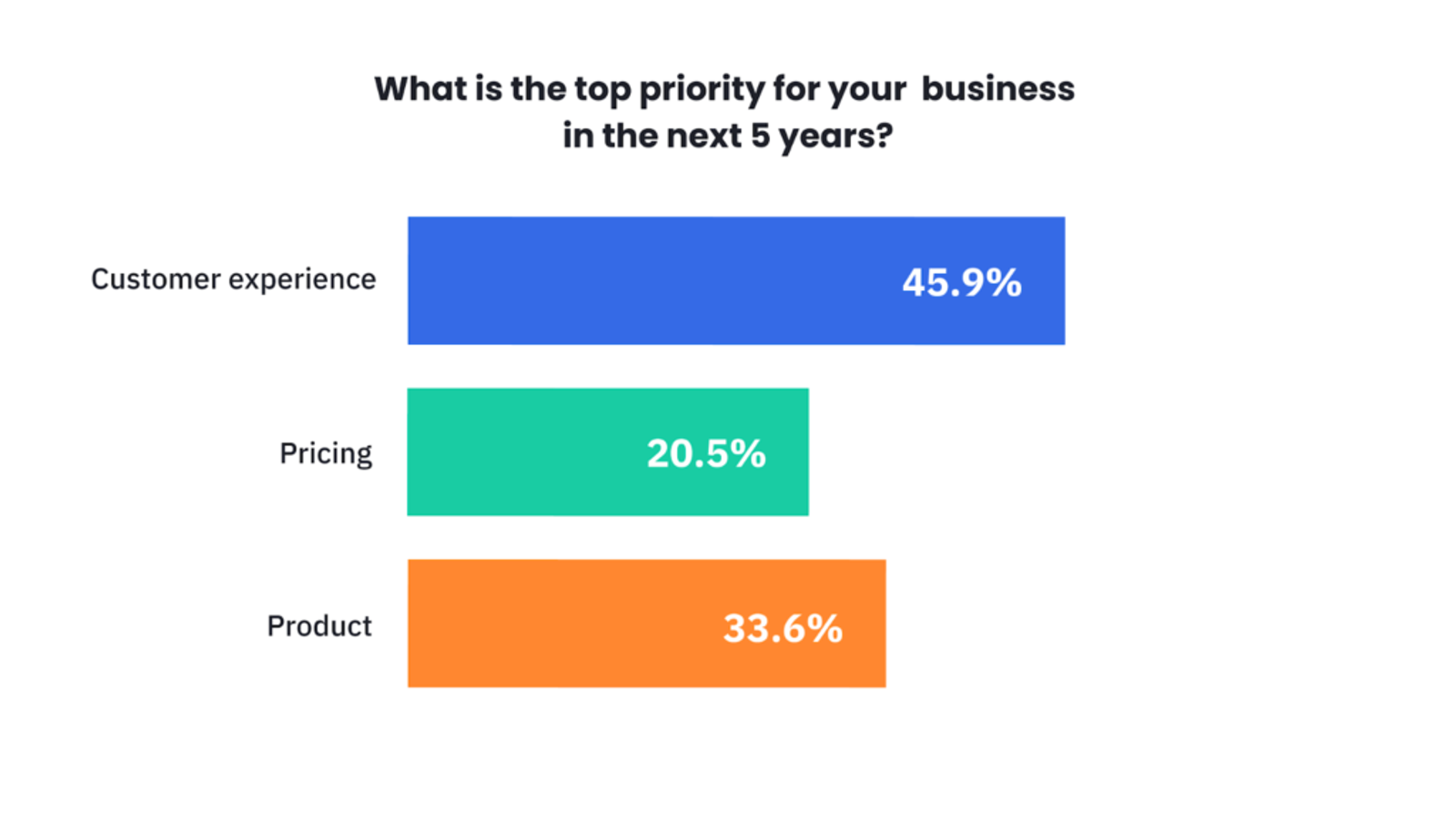
But how does your CRM fit into this, and how can it increase your sales?
Using a CRM is a great way to focus on customer relationships and provide your customers with a high level of consistent service.
With the right CRM software, you can provide personalized communications, facilitate faster response times, and improve the customer journey from start to finish.
It’s an all-in-one platform that allows you to track, monitor, and improve your customer relations. The higher the customer satisfaction, the more likely you are to see an increase in sales.
Digital interactions after the pandemic.
It’s not particularly shocking that sales leaders rate digital sales interactions twice as meaningful now as they were before COVID-19.
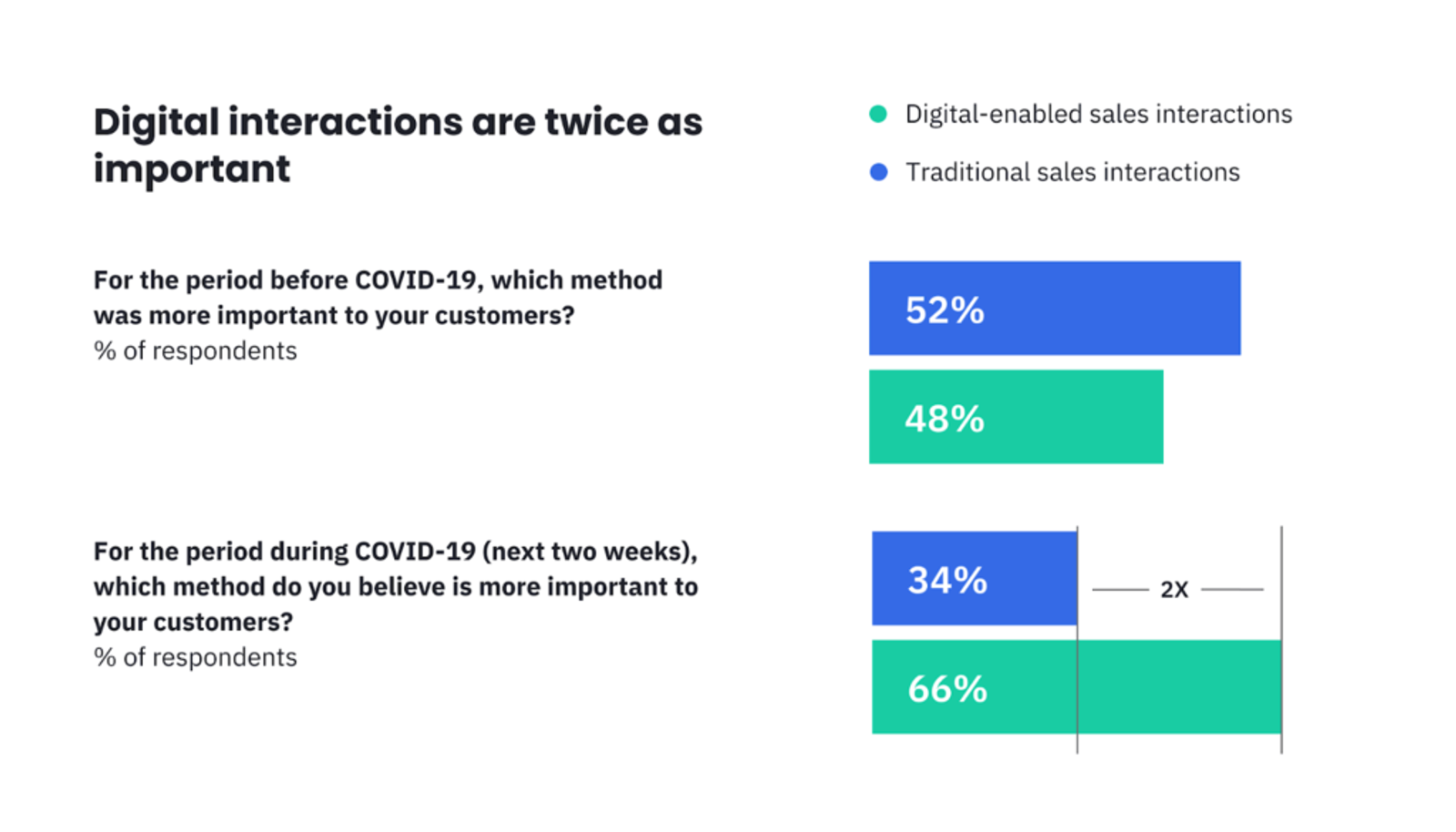
With limited social interaction, consumers took to online shopping, experiencing more digital interactions than ever before. In fact, the US saw a 44% increase in online shopping throughout 2020.
This increase shows how customer behavior has changed and the need for businesses to provide relevant and engaging digital touchpoints.
And it doesn’t look like the need for digital interaction is slowing down anytime soon.
Research predicts that the average number of data interactions will increase from 298 in 2010 to almost five thousand daily interactions by 2025. (Statista, 2020)
So, how can a CRM tool improve your digital interactions?
When it comes to digital interactions with customers, timing is key. You need to know what message to send your customer and when to send it.
This is where a CRM can help.
Your CRM software can help you identify how to communicate with sales opportunities depending on where they’re at in the customer journey. As a result, you’ll provide customers with the virtual touchpoints they need to make a purchase.
Using the data from your CRM, you can set up automated communication similar to the image below.
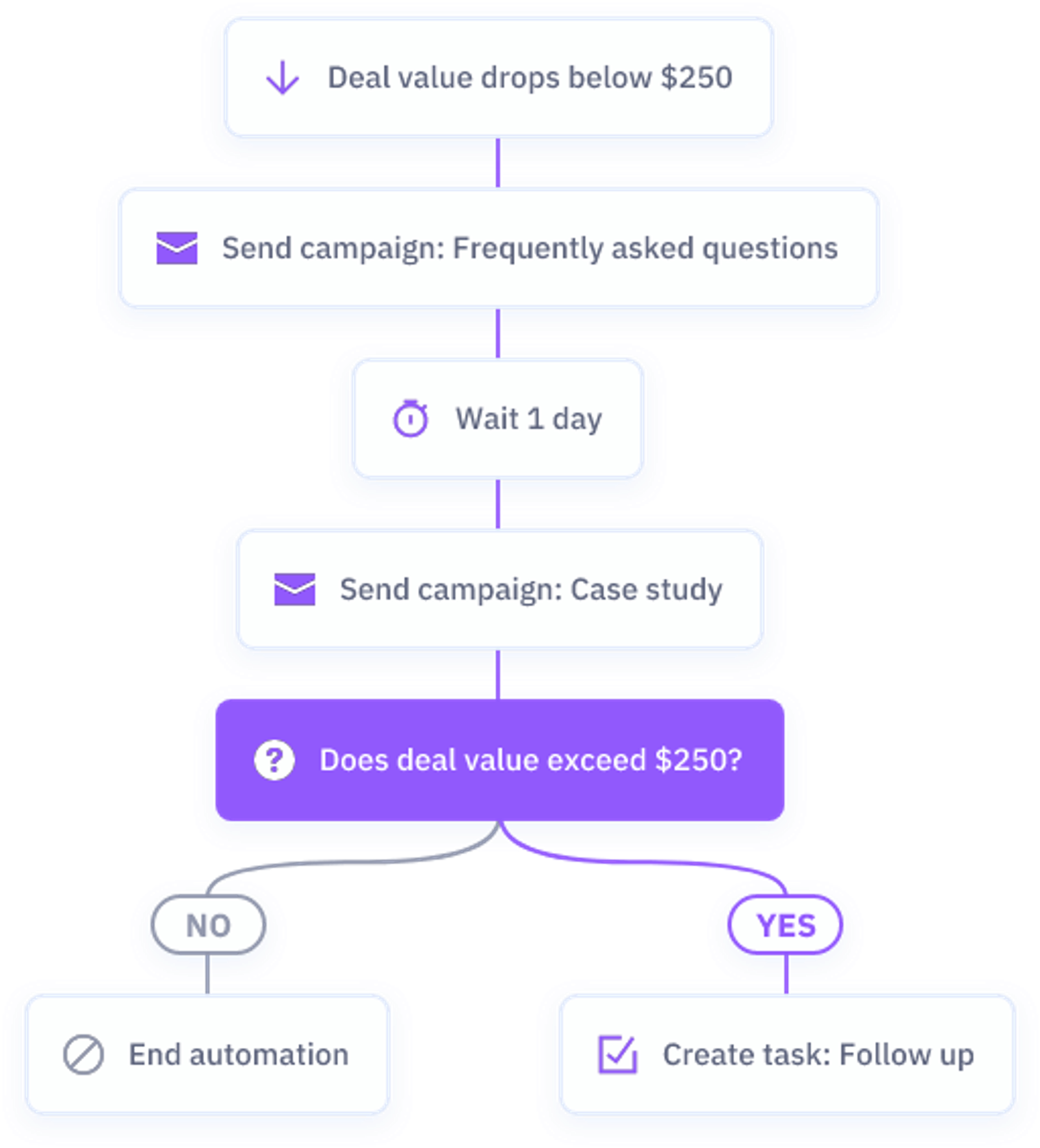
CRM and business success
A recent study shows that 53% of top-performing salespeople are confident in their CRM data. Of the non-top performers, only 32% are confident in the numbers.
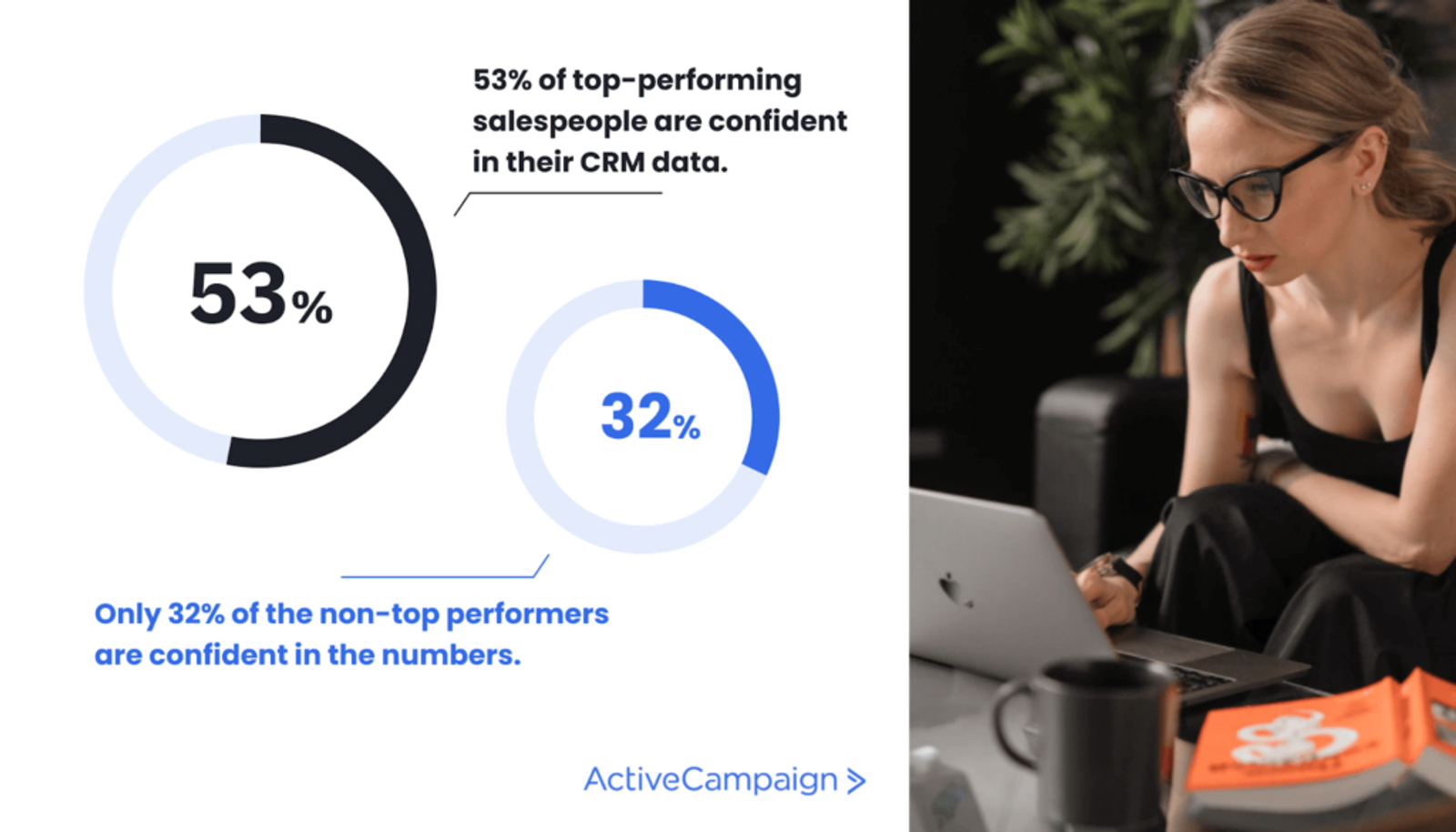
So what does this tell us?
Having confidence in CRM data can improve sales performance.
With access to customer data within their CRM, a sales rep can do their job more effectively. Facts inform their activities and provide them with the confidence to execute deals and meet sales quotas.
To ensure that your sales team has confidence in your CRM data, you need to keep it up-to-date.
This means regularly auditing the data to get rid of what you no longer need. That way, every salesperson and marketer can use it to their advantage.
41.9% of high-growth companies use general business software automation.
High-growth firms have mature automation strategies across multiple business processes.
These strategies include general business (41.9%), core business (42.1%), and marketing/sales (26.2%). (Hinge Marketing, 2021)
You can see from the graphic below how this compares with companies that don’t experience any growth:

The evidence shows that successful businesses use more process automation. Marketing automation allows companies to leverage their expertise and increase sales productivity.
As a result, they spend more time focusing on making sales and less time worrying about doing mundane and repetitive tasks.
When it comes to your CRM, think about how you automate your processes. While large businesses can leverage automations to expand their business on a larger scale, simple automations can help any sized business.
Spend time identifying areas of improvement for the automations you currently have and figure out if there are any you’re missing. You can even use pre-existing automations to make things easier on some platforms.

Get more from your CRM software
Technology is changing all the time, and so is the landscape in which your business operates. These changes constantly influence how we work, impacting the way we use our CRM software.
Whether that’s automating your marketing campaigns or focusing on boosting your customer satisfaction rate, we hope these statistics have given you the starting point you need to revamp your CRM.
Streamline Your Sales Process
Check out the full list of CRM statistics
Here is the full list of the CRM statistics we covered, split up by category.
CRM Usage
- 65% of sales professionals use CRM tools.
- The use of sales intelligence tools increased from 28% in 2018 to 43% in 2020. (LinkedIn, 2020)
- 47% of sales professionals use sales technology at least once a day.
- 74% of businesses say that sales tools are “extremely critical or critical in closing deals.”
- Sales professionals are 8% more likely to use a CRM if they work from home all the time.
- 79% of businesses use a CRM solution to track their sales.
CRM Features
- Contact management (94%), track interactions (88%), and scheduling/reminders (85%) are the most popular CRM features. (Software Advice, 2019)
- 26% of CRM users ask for pipeline or funnel monitoring features, as well as automation (22%), customization (18%), and reporting features (17%). (Software Advice, 2019)
CRM and AI
- AI-associated CRM activities are expected to increase global revenue by $1.1 trillion from 2017 to 2021.
- In the US, research suggests that AI adoption in CRM software will increase revenue by $394 billion in revenue over the same period.
- 84% of marketers in 2020 reported using AI, compared to only 29% in 2018. (Salesforce, 2020)
- By 2024, 50% of AI investments will be quantified and linked to KPIs to measure ROI by 2024.
CRM and Customer Experience
- 84% of consumers value the customer experience just as much as the product or service they’re buying.
- 45.9% of businesses rank customer experience as one of their main priorities when making a purchase. This is followed by product (33.6%) and pricing (20.5%). (SuperOffice, 2021)
- 94% of customers are more likely to buy again if they have a “very good” buying experience.
- According to sales leaders, digital sales interactions are twice as meaningful now as before COVID-19.
- The US saw a 44% increase in online shopping throughout 2020.
- The average number of daily data interactions will increase from 298 in 2010 to almost five thousand by 2025. (Statista, 2020)
CRM and Business Success
- 53% of top-performing sales representatives are confident in their CRM data, but only 32% of the non-top performers are confident in the numbers. (LinkedIn, 2020)
- Collaborative companies who share content with over 75% of their team experience 41% account growth. (Yesware, 2020)
High-growth companies have mature automation strategies. These include general business (41.9%), core business (42.1%), and marketing/sales (26.2%). (Hinge Marketing, 2021)








